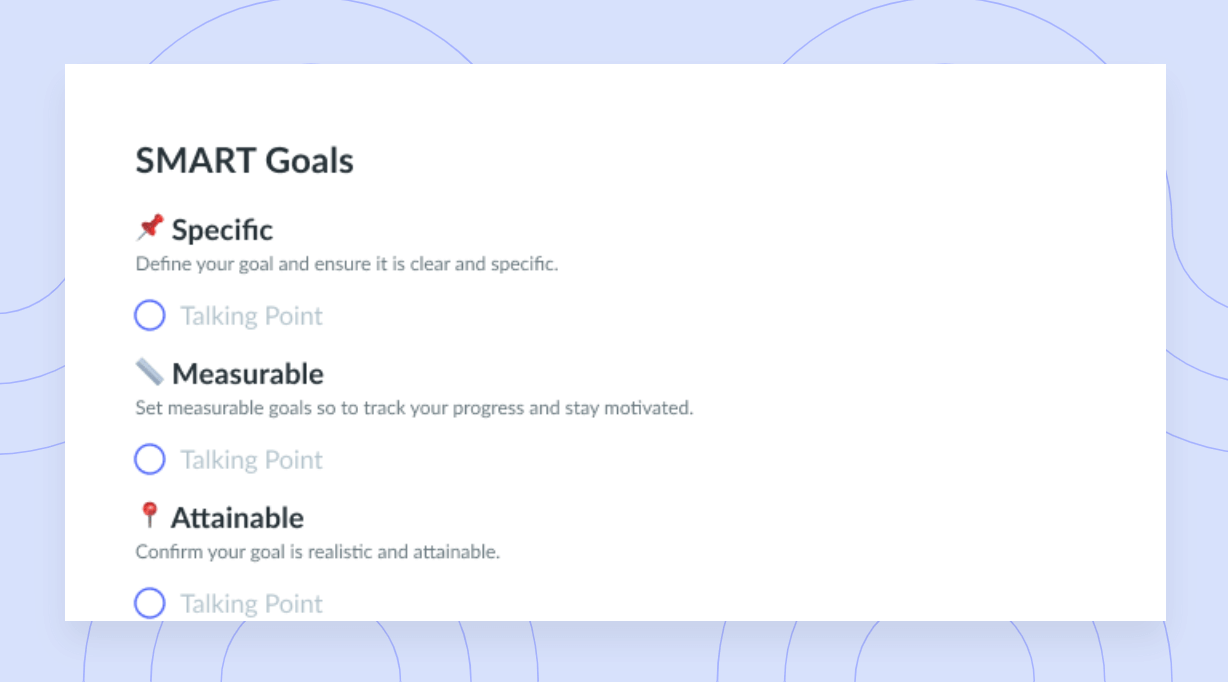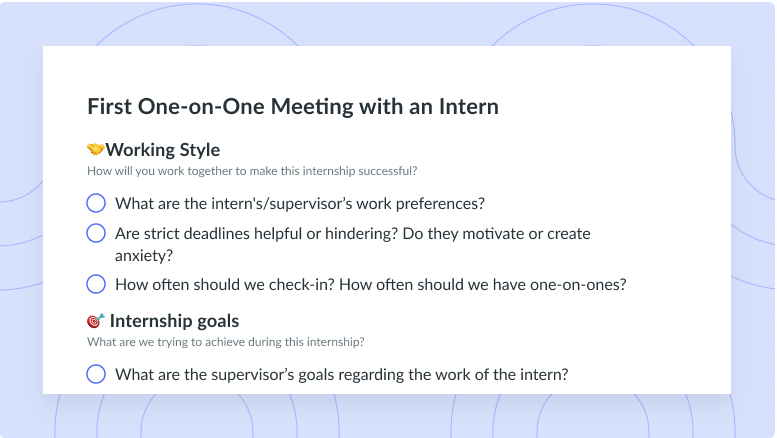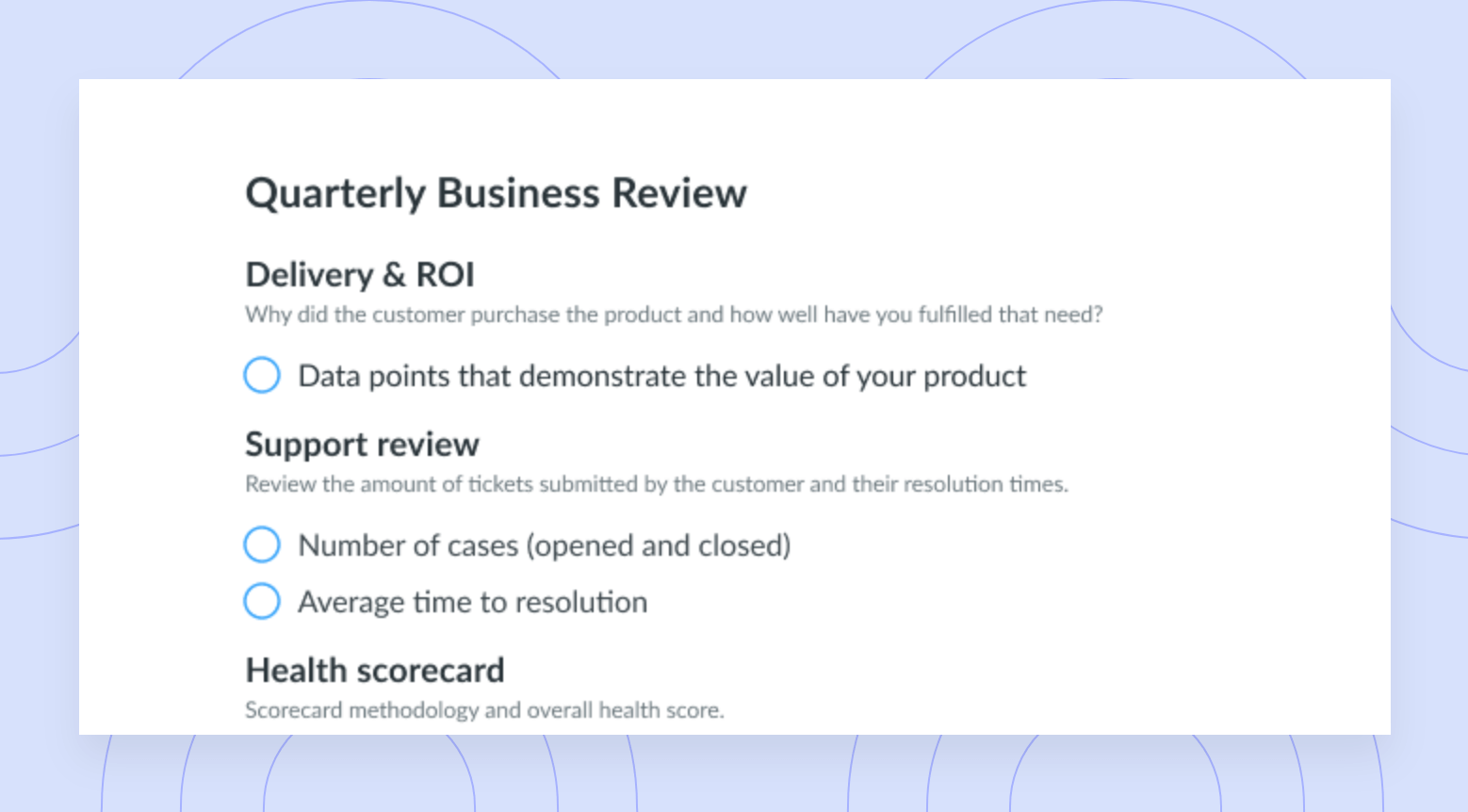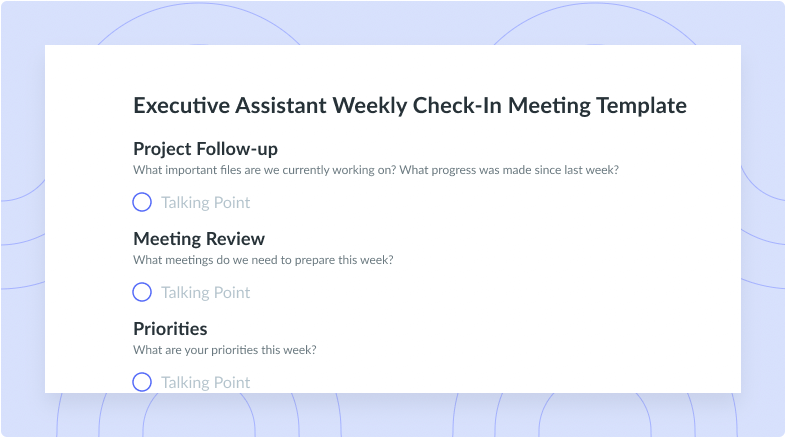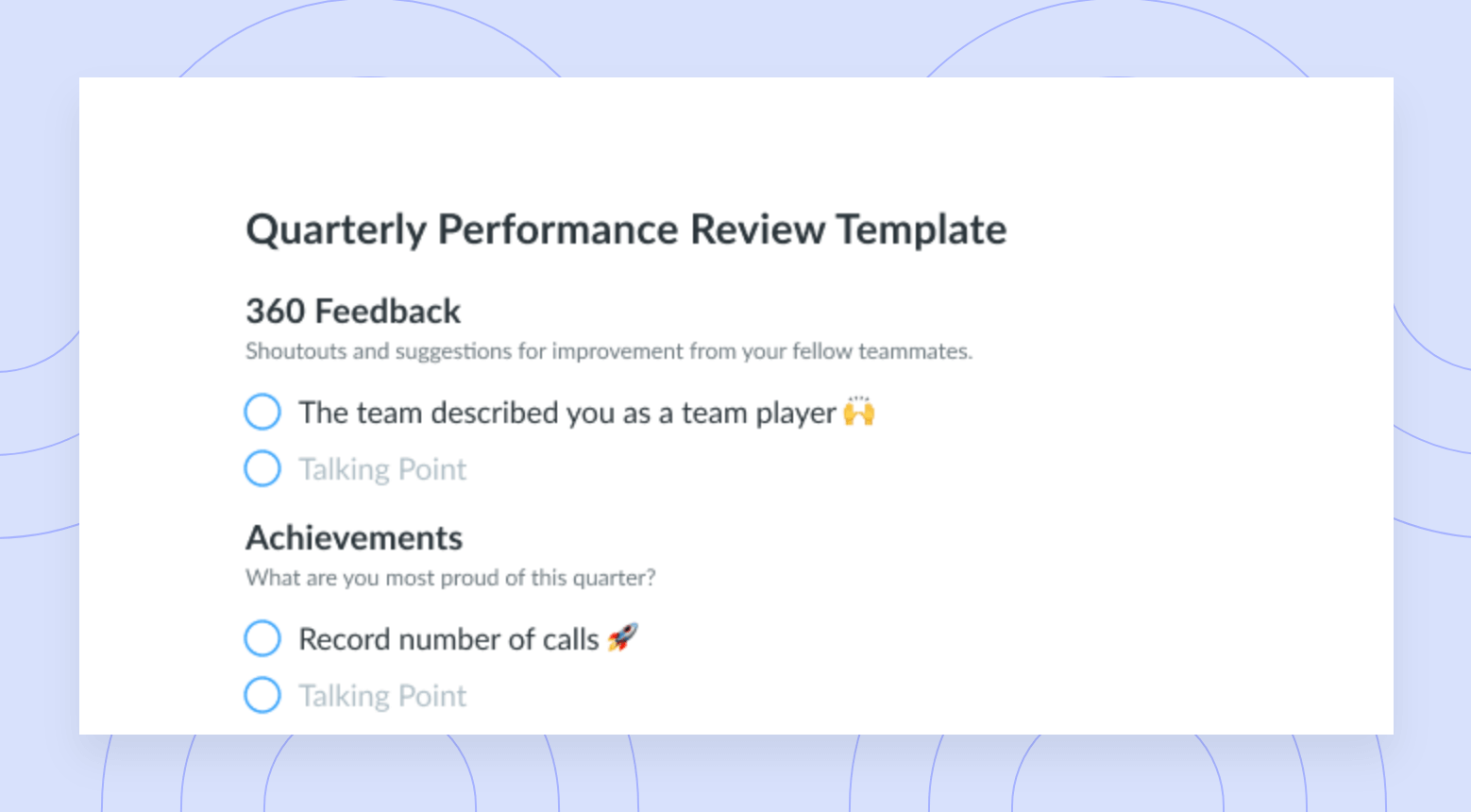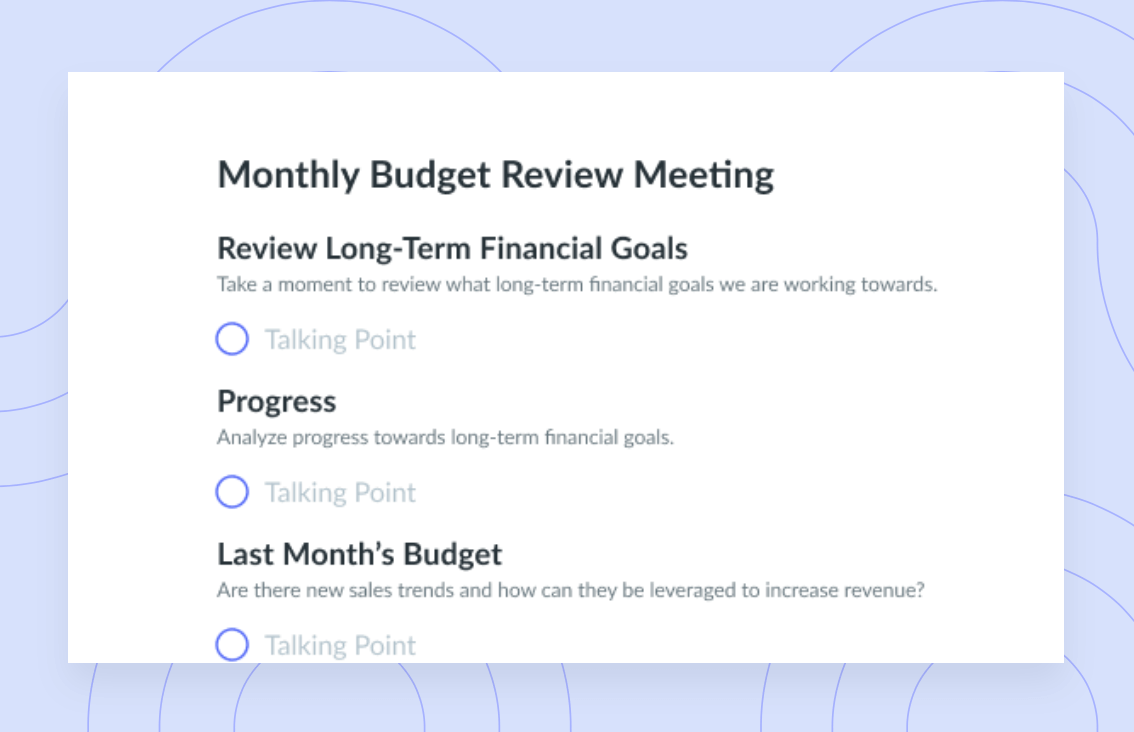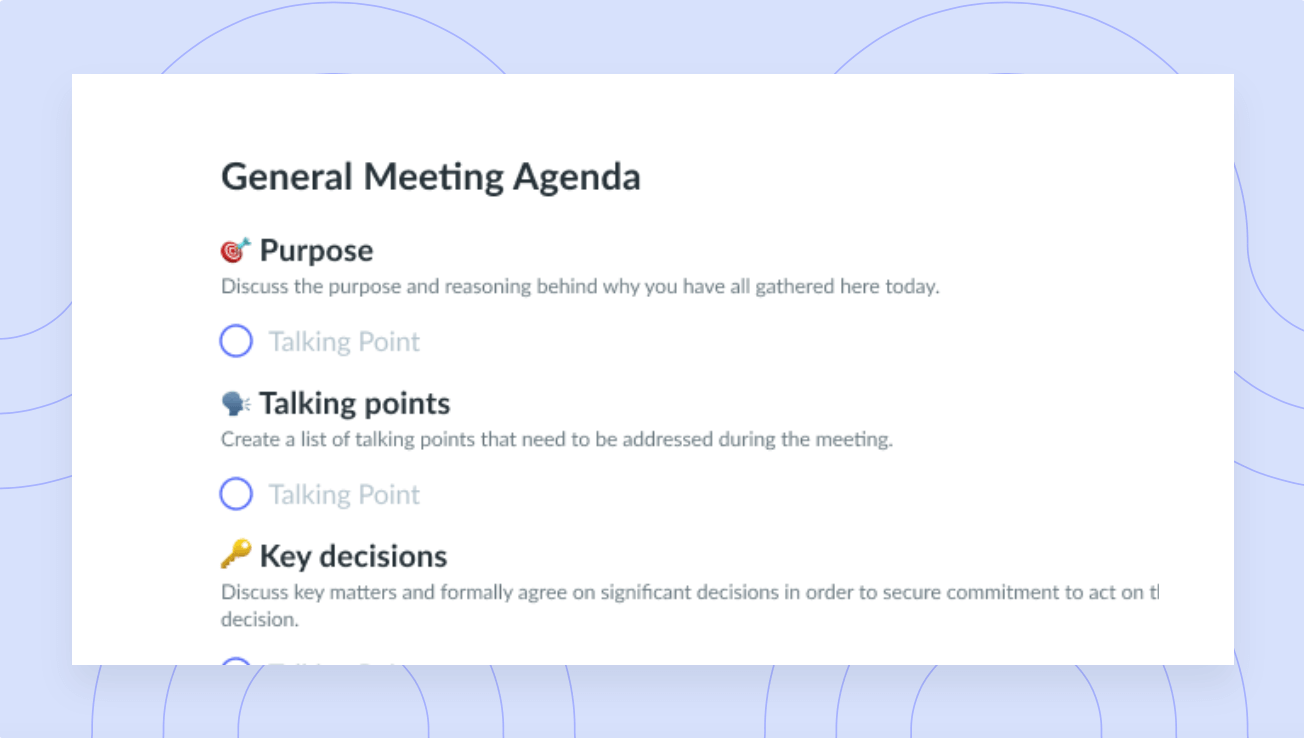25 Ways to Improve Internal Communication and Culture
Improve your organizations internal communication and build workplace trust with these 25 expert tips you can implement today.
Improving internal communications should be one of your main priorities as a leader. Not only does it help you improve trust, but it also helps you build a sense of rapport with your teammates. In this article, we dive into 25 methods that you can leverage to improve internal communications and create a positive workplace culture.
- What is internal communication?
- Why is internal communication important?
- 25 ways to improve internal communication
What is internal communication?
Internal communication, also known as IC, involves communication through processes or tools that are responsible for information flow and collaboration between employees. Internal communication involves executives, management, and employees. Internal communication is everybody’s responsibility because it involves everyone’s participation in order to be successful and effective.
Why is internal communication important?
Internal communication is extremely important because it aids in boosting engagement. Without an effective flow of information within an organization, you cannot build workplace culture which is crucial for building trust. Internal communication influences day-to-day operations, team alignment, employee experience, and even talent retention.

Delightful communication
Meetings are a great way to create effective internal communication if done right! Have a collaborative meeting agenda tool like Fellow to note any decisions made and clear next steps.

25 ways to improve internal communication
- Start with yourself
- Asses the current strategy
- Schedule employee check-ins
- Record videos
- Use voice notes
- Be consistent
- Share the good and the bad
- Repeat yourself
- Try asynchronous (async) communication
- Have an open door policy
- Encourage watercooler chats
- Document everything
- Use a wiki
- Create an internal language
- Use meeting agendas
- Publicly acknowledge a job well done
- Use the right channels
- Engage as much as possible
- Share goals
- Keep it simple
- Stay within work hours for work-related topics
- Listen and act on feedback
- Have a backup plan
- Get to know everyone’s preferences
- Use integrations
1 Start with yourself
As a manager or leader within your organization, you should lead by example. You can start by analyzing your own communication skills and determining how you can improve so you can set a positive example for the rest of your team. If you prioritize communication and an inclusive culture, it will be more likely that your teammates will follow suit.
2 Asses the current strategy
Sometimes we get caught up in the day to day and forget or fail to make time to analyze the bigger picture. All it takes is a few moments to determine whether what you’re doing is working or needs work. Is your team thriving and doing their best work? Does everyone have the tools and resources they need to do their best work and feel included? Asking yourself these questions is a great starting point.
3 Schedule employee check-ins
One-on-one meetings are a great way to check in with your employees or team members. These meetings are best used to realign, and to support your teammates if they raise any concerns. Take the time to learn about what they’re working on so you can help them to the best of your ability.
Trust and transparency plays an important role, because you build trust with transparency. You need to be transparent and contextual in the right way with your team, but you always have to default to transparency…The key is a journey, the more you behave in a less reactive way, the more you’re going toward that direction of human centric leadership.
– Tony Jamous, CEO and Founder of Oyster HR
4 Record videos
It may be hard to break the habit, but we’re here to tell you that not everything needs a meeting! If you feel like your message won’t translate via email or Slack, take the time to record a short video with a tool like Loom. Videos can help convey emotion where words fall short.
5 Use voice notes
Voice notes are another great tool that you can use to communicate with your team when an email or Slack message won’t suffice. Like video messages, voice notes streamline communication. You’ll also get to think out loud and convey exactly what you’re thinking. Having the opportunity to hear your voice (as opposed to reading another message) is a great way to add a more intensified human element to your internal communication strategy.
6 Be consistent
Consistency is key. If your teammates can’t count on you to be consistent, you’ve lost them. Simple tactics like showing up for scheduled one-on-ones and always replying to emails and messages goes a long way when it comes to building rapport. If your teammates can’t rely on you to be consistent, they’ll be less inclined to reach out and prioritize communication.
7 Share the good and the bad
Transparency is extremely important. It’s crucial that your teammates know they can rely on you to share the good, the bad, and the ugly. Being a transparent leader is a great way to build rapport and trust. For instance, if your teammates have to hear bad news from an external source, they’ll be less likely to trust you as their leader.
8 Repeat yourself
Sometimes it takes a few tries to drive the message home. People are busy, so if they forge something or leave out an important detail, be there to remind them. As a leader, you’re responsible for making sure everyone’s on the same page and is working towards the same goals. As such, you may need to repeat yourself occasionally to emphasize the importance of your message.
9Try asynchronous (async) communication
Async communication is all the rage: some teams use automated bots that prompt teammates to share daily updates in Slack, and asynchronous meetings have been increasingly gaining traction. Teams can meet asynchronously using tools like Fellow, which provides a timely hub where everyone can share their updates by a certain time instead of meeting in real time.
10 Have an open door policy
If your teammates don’t feel comfortable coming to you, you won’t be able to create a positive culture or build trust. Having an allotted time every week when teammates know they can drop in and chat is a great starting point. And this open door time could be done in person or virtually! If you offer the time virtually, have your teammates schedule a video meeting or phone call with you during the allotted time period.
11 Encourage watercooler chats
Watercooler chats are a great way for remote teammates to pause and reconnect. If you don’t have the luxury of chatting with your team around the office, scheduling a weekly watercooler where teammates can drop in and chit chat virtually is a great alternative. Additionally, you can set up random Slack channels that don’t pertain to work. Try making the most of your teammates’ interests or of trending topics. These chats are a great way to engage your team and prompt non-work-related conversations and connections.
12 Document everything
Not taking adequate notes is a rookie mistake. Instead, be prepared to meticulously document everything. When processes are clearly documented, teammates can find exactly what they need when they need it most. Proper documentation will limit distractions, questions, and training time.
I have what I call the rule of three, which is the first time that I do something, I don’t document it. The second time that I do something, I think about how I’m going to document it. And then the third time, I absolutely do document it. And the reason why it’s the third time and not the 100th time is you lose some of the details inside of that documentation.
– Liam Martin, Co-Founder of Time Doctor
13 Use a wiki
Leveraging wikis makes it super easy to centralize information. Wiki also enables you to create a truth for your processes, policies, and communication best practices. The great thing about this tool is everyone has the opportunity to manipulate pages and edit information accordingly.
14 Create an internal language
Creative initiatives like developing your own internal language are a great way to improve internal communications while building workplace culture. Sharing gifs, Slack reactions, and acronyms are all great tools that you can leverage to spice things up and have fun with your teammates.
15 Use meeting agendas
Preparing thorough meeting agendas is a great way to improve internal communication. Not only does doing so help you centralize information, but it also ensures no key information is lost or forgotten when it comes time to meet. You can also circulate the agenda beforehand to make sure everyone is on the same page. If your teammates have feedback or comments, they can add them to the agenda before the meeting.
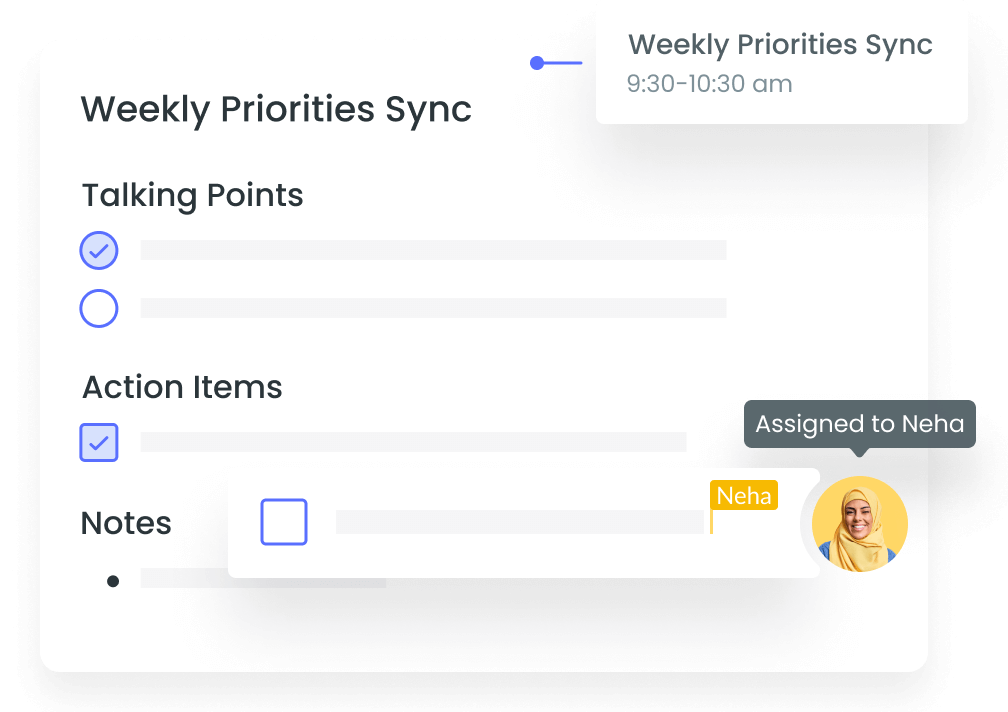
16 Publicly acknowledge a job well done
Publicly acknowledging a job well done is a great way to boost morale. A great initiative that you can kick off right away is simply prompting your teammates to share shoutouts in Slack. You can lead the way by giving a shoutout and tagging another manager to do the same. Everyone on your team can participate by adding uplifting reactions. Communication doesn’t have to be complicated; it’s the little things that matter most.
17 Use the right channels
Using multiple challenges or modes of communication can be confusing, especially if you don’t take the time to define their purpose. Having a reason behind every tool you’re using is a quick and easy way to improve internal communication.
18 Engage as much as possible
If you want to improve internal communication, you have to actively engage with and be an active member of your team. Check in on Slack, send group updates, and host weekly team meetings or one-on-ones. You can’t expect to boost engagement if you aren’t leading by example.
It’s really important to get to know your reports on a personal level, learn about them and whatever comfort level they have with sharing their personal lives. And then also giving feedback because I think showing that you’re invested in someone’s growth by giving them helpful, well worded feedback is a really good way to show that you have their best interests at heart and you care about them.
– Alexandra Sunderland, Senior Engineering Manager at Fellow.app
19 Share goals
You can’t build a positive workplace culture without making employees feel like they’re part of something bigger. Sharing goals (big or small) is a great way to make everyone feel included in the process from start to finish. If they buy into the vision, they’ll be more inclined to be team players.

20 Keep it simple
It’s time to go back to the basics. If you need to share extensive information, think about what platform is the best, or book a meeting so everyone is aligned and ready to move forward on the same page.
21 Stay within work hours for work-related topics
Staying within working hours is important, not only for your schedule but also for the teammates you’re including within your communications. Use pre-scheduled messages if something is happening after hours. You could schedule the message ahead of time or note it in Fellow for the corresponding meeting.
22 Listen and act on feedback
Feedback is a gift, and it should be treated as such. To improve internal communications and build a positive workplace culture, you need to be willing to seek and act on feedback. As a leader or manager within your organization, you should have self-improvement as one of your main goals.
23 Have a backup plan
What would happen if your primary communication tool broke down or was no longer available? It’s always important to have a secondary means of communication that everybody on your team has access to. You should have your basis covered, especially in a remote landscape.
24 Get to know everyone’s preferences
Everyone has different preferences when it comes to communication, and learning the ways your teammates prefer to communicate is extremely important. Maybe one of your teammates prefers video chats, and maybe another prefers an autonomous style and thrives when they only have to communicate asynchronously. What’s most important is identifying their preferences and making changes accordingly.
25 Use integrations
To seamlessly blend into your workflow, Fellow integrates with the tools that your team already uses. If your team uses Slack to improve internal communications, then connecting Slack with Fellow is a great way to integrate Fellow into the way your team already works.
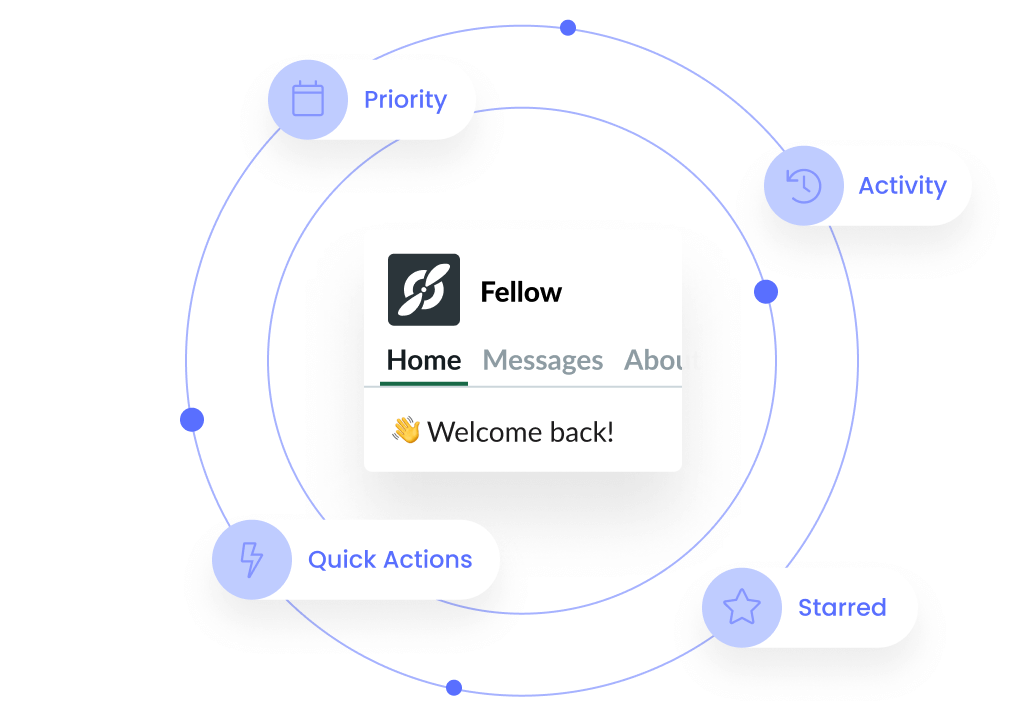
Improve internal communication in your organization today
Congratulations! You now have everything you need to improve internal communications and build a positive workplace culture within your organization. These initiatives and strategies will ensure you have everything you need to communicate efficiently while you build unbreakable bonds with your teammates.









